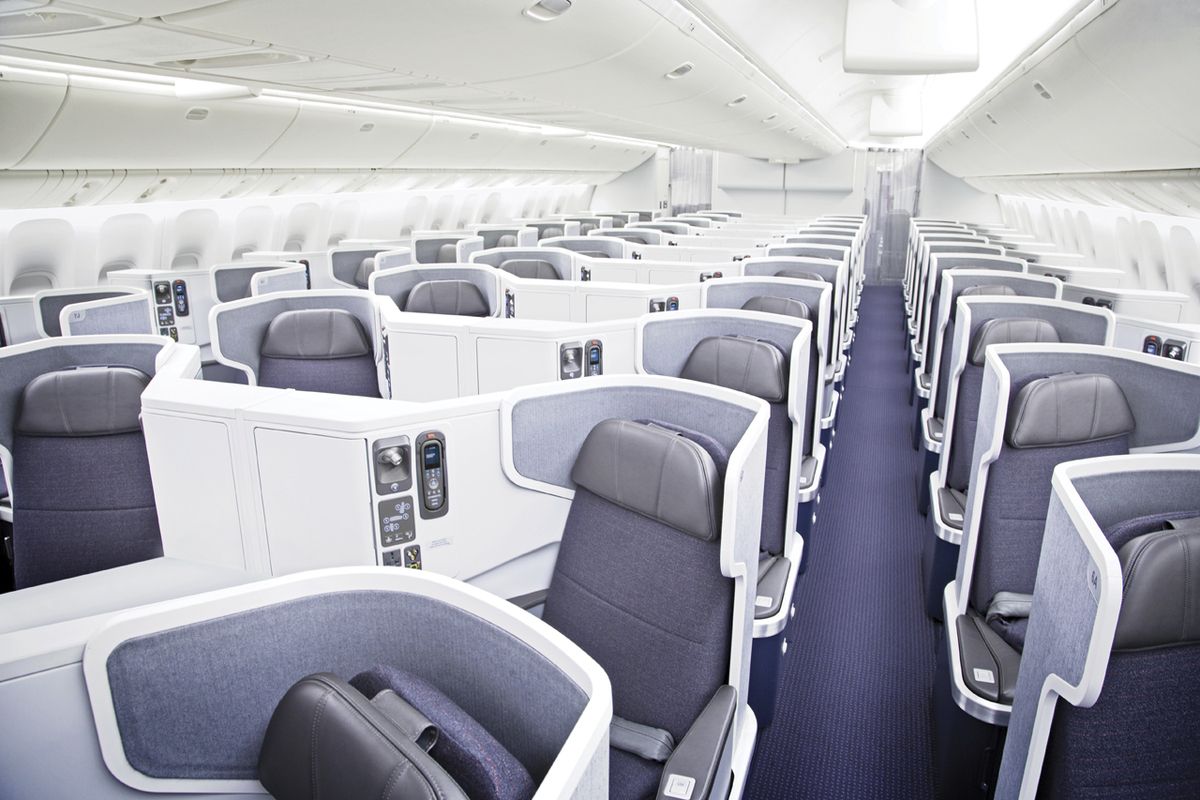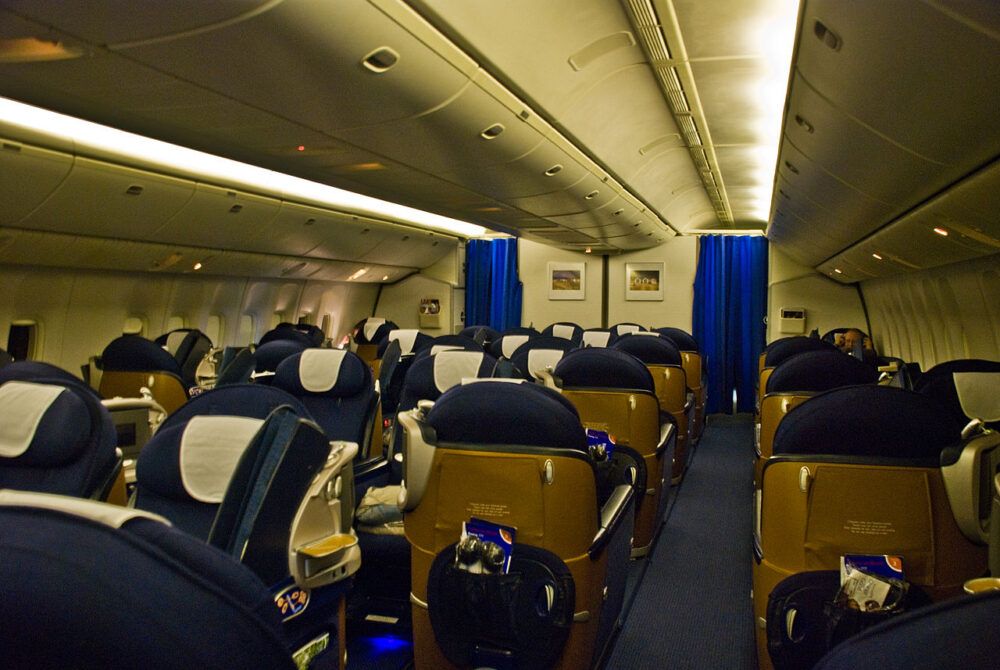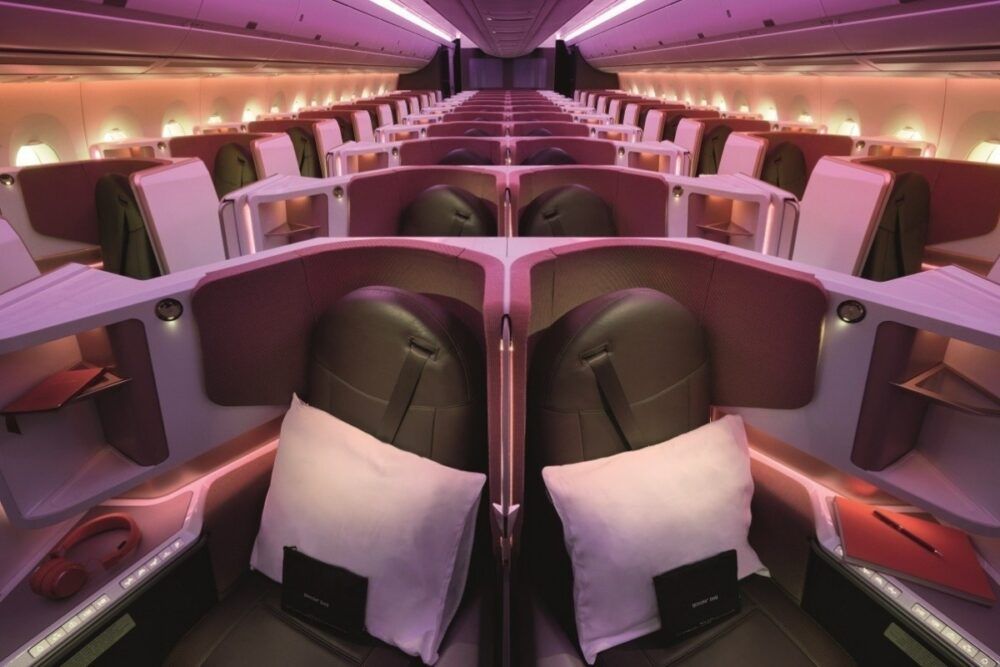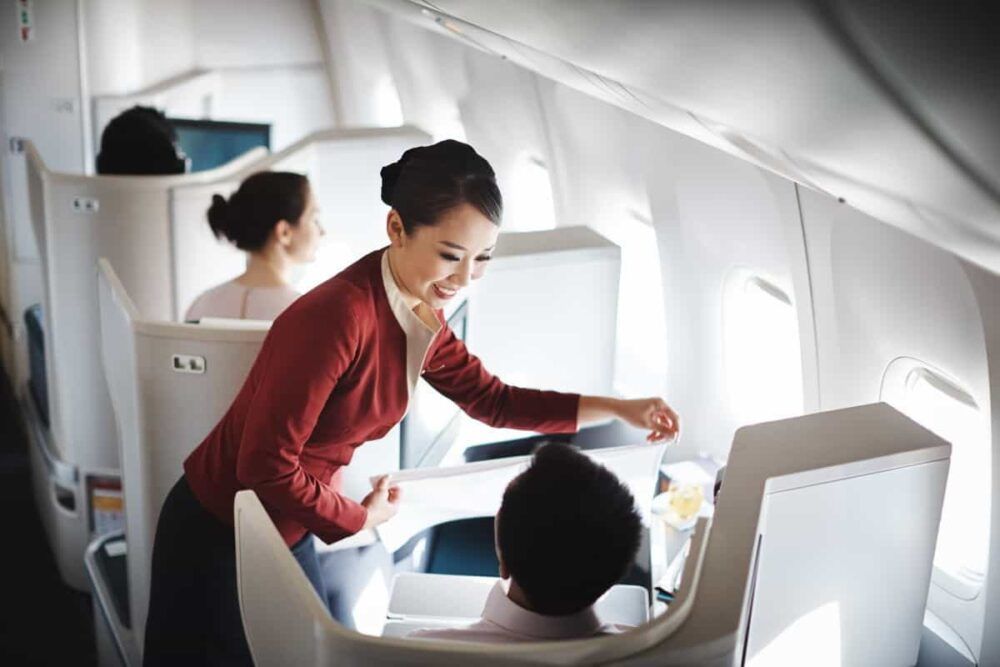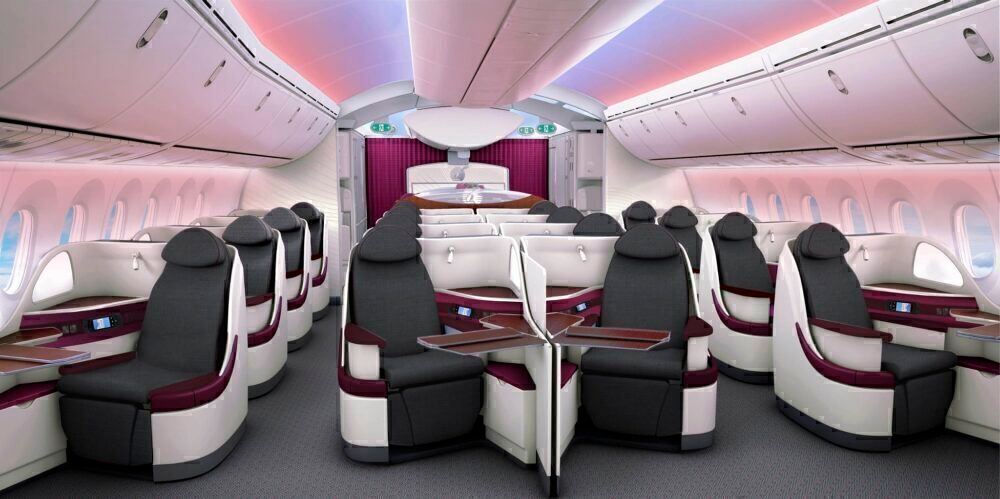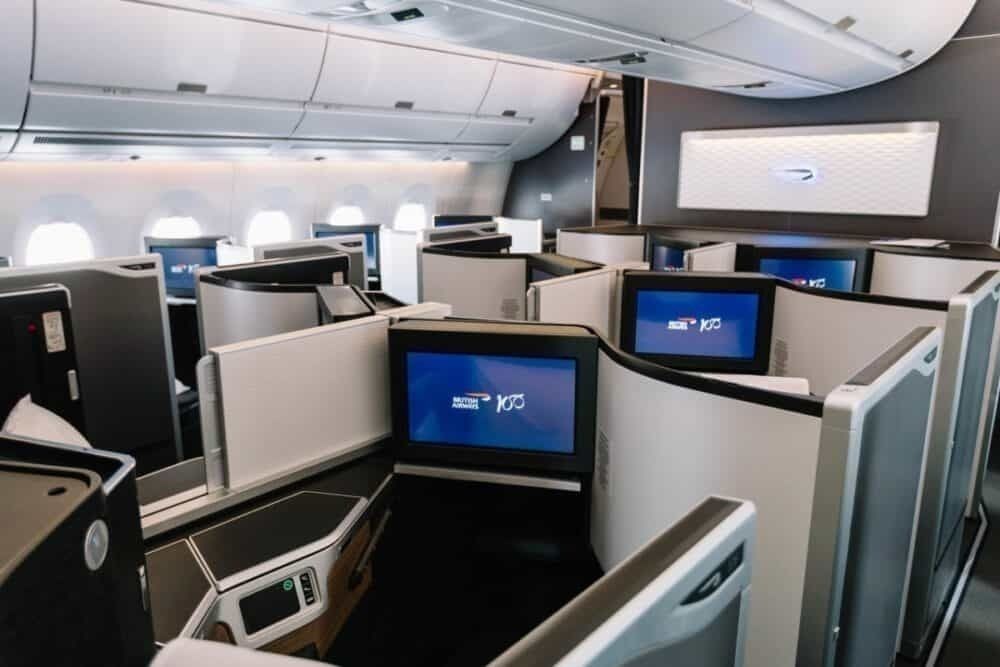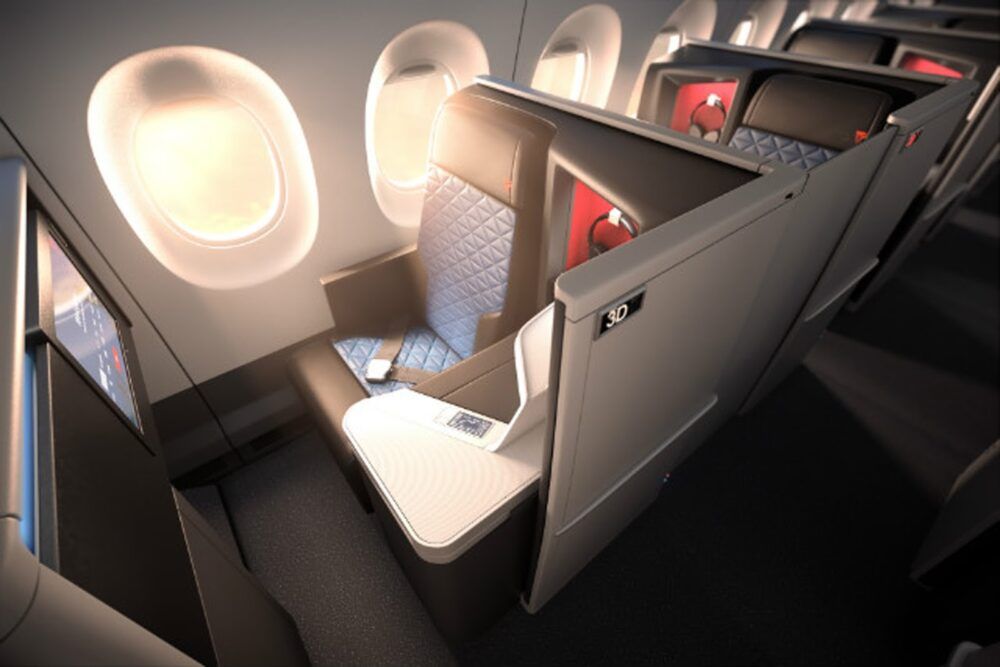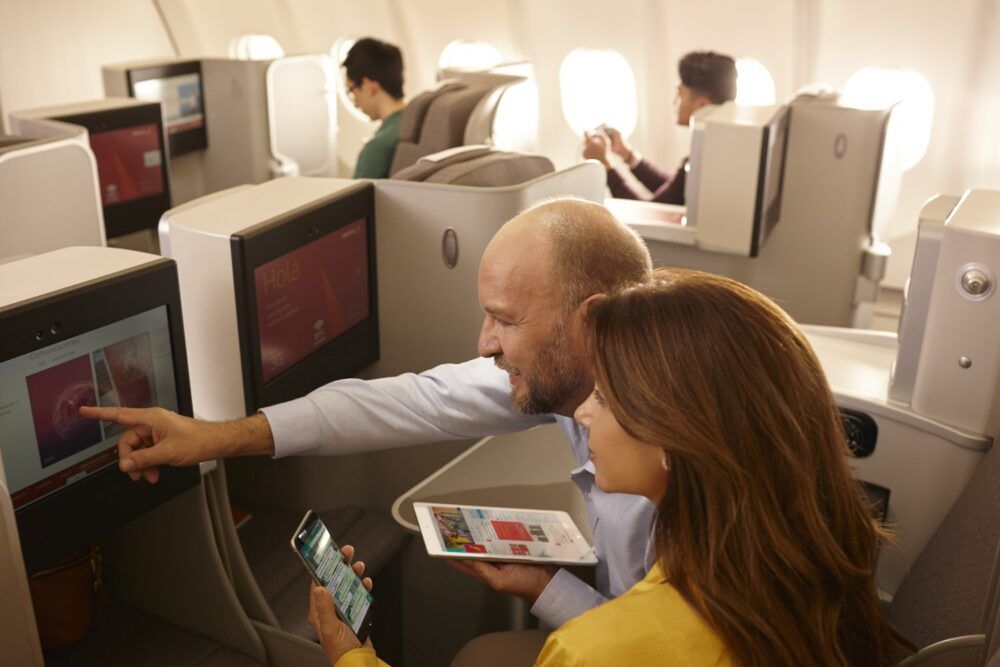If you regularly fly business class with different airlines, you may notice that many seats are similar. This is not a coincidence; most seats are made by the same few manufacturers, with airlines perhaps altering the design slightly. This article looks at the main seat manufacturers and designs, and which airlines use them.
Moving to a similar, flat-bed product
As a product and a seat, business class has changed a great deal over the past few decades. The first real business class offerings came about in the late 1970s, with Qantas being the first airline to really offer a differentiated economy and business cabin, including seating and service. It was not until 2000 that British Airways became the first airline to offer fully flat beds in its business cabin.
Since then, most airlines have followed, and flat beds in long-haul business class are now very standard. Designs have changed significantly to offer the best features and comfort while making efficient use of space.
Stay informed: Sign up for our daily and weekly aviation news digests!
Only a few manufacturers
These days most airlines purchase their seats (business class or otherwise) from one of a few main companies. These manufacturers offer specific seat products, but many airlines will specify alterations to these before installing them in their cabins.
As a result, you end up with seats that appear different or airline-branded at first glance, but on close inspection, they are often similar to those of other airlines.
The following is a brief summary of the main manufacturers and where you might see their seats.
Cirrus seat (Zodiac / Safran)
The Cirrus is one of the most popular business class seats around. It was introduced in 2009 by manufacturer Zodiac (since acquired by Safran Seats). The first version flew on US Airways, and there have been several modifications since then.
The seat features an angled 1-2-1 design, with some airlines using them all forward-facing and others opting for an alternating forward / backward design (known as reverse herringbone).
Airlines that currently use Cirrus seats include:
- Cathay Pacific: Used across the Boeing 777-300 and Airbus A350 fleet.
- American Airlines: Used on the Boeing 777-200 and 777-300, as well as for first class seating on the Airbus A321. American uses the reverse herringbone version as well as the standard.
- Air France: Used on the Boeing 777-300 in a reverse herringbone formation.
- Finnair has chosen Cirrus for its A350 business class
- KLM uses Cirrus on the Boeing 787
- Virgin Atlantic is using Cirrus for its new Upper Class A350 cabin (with modifications)
- Cirrus is also in use (to a lesser extent) on Japan Airlines, Vietnam Airlines, and Delta.
Super Diamond seat (Collins Aerospace)
The Super Diamond seat, manufactured by Collins Aerospace, is another popular product. This is a fully flat bed seat, offering all aisle access in a 1-2-1 configuration.
Collins Aerospace also has a popular Diamond series seat, a slightly less luxurious option, often installed in a 2-2-2 configuration.
- British Airways uses the Super Diamond for its new Club Suite product. This is a Super Diamond seat modified with a door to create a 'Suite’ feel.
- Qatar Airways uses it on its A350 and Boeing 787 aircraft. Their excellent new QSuite seating is not this but is also made by Collins Aerospace.
- Westjet has installed Super Diamond seats for the Boeing 787 business class cabin.
- In Asia, Hong Kong Airlines, Hainan Airlines, China Airlines, and Air China all use the Super Diamond on some of their aircraft.
Thompson Vantage XL seat (Thompson Aerospace)
The Thompson Vantage XL seat offers a staggered cabin layout, again with a fully flat bed and all aisle access. These are forward-facing, with staggering used to offer all aisle access in a denser formation. These can be configured for both widebody and narrowbody aircraft. Many airlines have used these seats with design, spacing, or sizing modifications.
Airlines using this seat include:
- JetBlue uses these seats for its original Mint offering. Some seats feature a sliding door, one of the first airlines to install this feature in 2014.
- Delta uses the Vantage XL for its A350 business class and is retrofitting some Boeing 777 aircraft.
- Qantas on the Boeing 787
- Malaysian Airlines is using a modified version on the A350.
- LATAM is using a modified version (with design by PriestmanGoode) in its Boeing 787 and Airbus A350 business class cabins.
- In Europe, Aer Lingus uses it on their Boeing 757 and Airbus A321LR aircraft, and Swiss on the Boeing 777-300ER.
Stelia Solstys (Stelia Aerospace)
This is another staggered seat model, using this to offer all aisle access. This is used by:
- Iberia, for its new A350 aircraft.
- Etihad on several aircraft (although it is changing some now). They use the standard forward-facing seats as well as a modified forward and backward version.
- Emirates on the A380.
There are plenty of other seat manufacturers and products out there, but the above are some of the most numerous. Some others to look out for include the Optima seat by Safran Seats, used by United for its Polaris product, and the bespoke suite product by Collins for Qatar Airways QSuite. And relatively new manufacturer Jamco has a new Dovetail seat, currently being installed by KLM.

